 Abraham Lincoln
If given the truth, the people can be depended upon to meet any national crisis...
Abraham Lincoln
If given the truth, the people can be depended upon to meet any national crisis...
 Guildford news...
for Guildford people, brought to you by Guildford reporters - Guildford's own news service
Guildford news...
for Guildford people, brought to you by Guildford reporters - Guildford's own news service
Birdwatcher’s Diary No.139
Published on: 6 Jul, 2017
Updated on: 6 Jul, 2017
By Malcolm Fincham
On the days leading up to the Summer Solstice temperatures began to soar in the southern regions of the UK. In Surrey, day time maximums hovered around the 30s, peaking at 34.5c at Heathrow Airport on Mid-summers Day.
Added to this, with a continued spell of dry weather, an early emergence of our summertime butterflies were noted. This included one of Britain’s most elusive butterflies.
A purple emperor was spotted at the National Trust’s Bookham Common on June 11. Its earliest appearance of one in more than 120 years! In 1893 one was caught on June 10. Purple emperors are Britain’s second-largest butterfly, mostly fly high in the tree tops of woodlands.
Occasionally the male will come down to the ground at the end of June to find minerals to feed on.
Although many people were able to witness such an event in the last few weeks of the month, the best I did this year, was to watch them ”dog fighting” at the top of their ”master tree”. From time to time, settling to rest on its leaves.
Similar have been my views of purple hairstreaks so far this year. As we watched them buzz around the same trees as the ”emperors”.
June 14 brought with it my first sighting of several marbled whites.
Our most common UK butterfly, the meadow brown, had also begun to emerge.
Braving the heat of the afternoon sun, with the addition of Bob and Dougal on June 17, we continued on the trail of butterflies with a visit to Denbies Hillside at Ranmore near Dorking.
Although too early for the second brood of Adonis blue, we did get to see a few large skippers.
Also, surprisingly, a green hairstreak. Although now at the end of its season’s single brood, it was still in reasonable condition.
Marbled white butterflies had now started to emerge. As well as daytime flying cinnabar and burnt moths.
The pyramidal orchid grows in chalk grassland and could easily be spotted growing along the hillside.
But it took the keen eyes of Bob, however, to spot the first of the bee orchids there.
An exhausting climb back up the hill was certainly ”character building” to the extent of concern I would be able to tell my tale!
A brief return to Thursley Common on June 18 gave Dougal his first sightings of silver-studded blue butterflies. And with numbers now in excess of 30 seen during our short stay there.
This also gave me good opportunities of some photo-shots of both males and females.
Even getting shots of them with their wings open, as they perched on the heather, absorbing the heat of the afternoon sun.
A noticeable lessening of bird song could be heard on my visits to various locations as we approached the middle of the month. This was evident on revisiting Oaken Wood, Chiddingfold, as nightingales there had now fallen silent.
Although a few garden warblers and blackcaps could be still heard in song.
As well as marsh tits, now feeding young, could be seen and making their ‘pitchoo’ call. Sounding a little reminiscent of a sneeze.
Making up for the sounds were the visual sights. Butterflies had taken over the woodland paths.
Siver-washed fritillaries quite distinctive in their fast but graceful ”swooping” flight. Though their liveliness can make them difficult to photo, I eventually caught a few shots as one settled on some bramble blossom.
White admirals can be just as difficult to photograph, so I was grateful for the surprise of one settling on the track we were walking. Another surprise was to see a lone wood white, now thought to be past its first brood, float past us, in its usual lazy flight.
My old friend Steve came down on a break from his wildlife tours in the Highlands of Scotland. He hoped to add a few species to his ”year list” he missed on his visit early in the year. Top of his wish-list was the chance to see a nightjar. A bird he hadn’t seen since his move to the Scotland over 15 years ago.
As these birds are summer visitors, whereas Steve had become a rare summer traveller back to his Guildford roots, ”who better to ask?” I confidently exclaimed.
As night began to descend on the heathland where I had seen the nightjars just a few weeks previous, and with the addition of Bob, we stood and waited. Just a little later than my last visit the churring began. Then, as night put on its ”purple cloak”, a shadowy image rose up from the heather, perching within view on a dead silver-birch stump.
Armed with my camera I took a few ”wishful” shots. To my surprise a few came out OK under such circumstances.
We were also able to record the a sighting of a glow worm. The first one I had seen there for nearly a decade.
As the month of June came to a close, newly fledged, local swallows could be viewed in flight with their parents.
While others still in nests looked almost ready to fledge.
I also saw a juvenile peregrine, in its early stages of learning to fly, though still dependant on its parents.
While watching, an old dog fox ambled past me, with no concern of my presence.
Returning to the theme of butterflies, on June 26, Dougal and I visited a private site near Dorking, once again getting our annual view of several white-letter hairstreaks as they settled on the highest leaves of an elm tree.
On July 1 we visited Pewley Down, not far from Guildford town centre. Marbled white butterflies were now in reasonable numbers and easy to view.
Ringlet butterflies were also out in force, wings darker than the meadow browns, so they could be picked out in flight.
We also managed to pick up on a few holly blue butterflies, freshly out on their second brood.
Adding to the colours, comma butterflies had also made fresh appearances.
Although the large skippers were now few and far between there, some small skippers could be found.
And even one of our target species the Essex skipper, similar, but most notable by the black tips to their antenna.
Although still quite early in the month, luck was also on our side, eventually finding the second of our ”target species” – just a handful of chalk-hill blues, and all males.
A bonus for the day was a dark-green fritillary, sunning itself on one of the paths we walked.
Adding to the afternoon of glorious sunshine, was the sound of a yellow hammer singing as it perched in a tree below us, while a skylark sang overhead.
I ended the week on a sunny, Sunday visit to Sheepleas July 2.
Dark-green fritillaries could now be seen mating there.
I also managed my first picture this year of a small white.
Other sightings included a small tortoiseshell and more Essex skippers.
Adding to the ”year” list was a gate keeper, once known as a hedge brown, bringing my butterfly species sightings to a respectable 38 so far this year.
And finally at Sheepleas, a common buzzard, soaring over the trees in the blue sky.
Responses to Birdwatcher’s Diary No.139
Leave a Comment Cancel replyPlease see our comments policy. All comments are moderated and may take time to appear.
Recent Articles
- Guildford Institute’s Crowdfunding Project for Accessible Toilet in its New Community and Wellbeing Centre
- Letter: Guildford – Another Opportunity Missed?
- Letter: GBC’s Corporate Strategy – Where Is the Ambition?
- My Memories of John Mayall at a Ground-breaking Gig in Guildford Nearly Six Decades Ago
- Westborough HMO Plans ‘Losing the Heart of the Street’ Says Resident
- College Invests to Boost Surrey’s Economy and Close Digital Skills Gap
- Community Lottery Brings Big Wins for Local Charities
- GBC Housing Plan Promises ‘A Vibrant Urban Neighbourhood’ Near Town Centre
- Hospital Pillows ‘Shortage’ at the Royal Surrey
- Updated: Caravans Set Up Camp at Ash Manor School


Recent Comments
- Ian Macpherson on Updated: Main Guildford to Godalming Road Closed Until August 1
- Sara Tokunaga on GBC Housing Plan Promises ‘A Vibrant Urban Neighbourhood’ Near Town Centre
- Michael Courtnage on Daily Mail Online Reports Guildford Has Highest-paid Council Officer
- Alan Judge on GBC Housing Plan Promises ‘A Vibrant Urban Neighbourhood’ Near Town Centre
- John Perkins on GBC Housing Plan Promises ‘A Vibrant Urban Neighbourhood’ Near Town Centre
- S Collins on GBC Housing Plan Promises ‘A Vibrant Urban Neighbourhood’ Near Town Centre
Search in Site
Media Gallery
Dragon Interview: Local Artist Leaves Her Mark At One of England’s Most Historic Buildings
January 21, 2023 / No Comment / Read MoreDragon Interview: Lib Dem Planning Chair: ‘Current Policy Doesn’t Work for Local People’
January 19, 2023 / No Comment / Read MoreA3 Tunnel in Guildford ‘Necessary’ for New Homes, Says Guildford’s MP
January 10, 2023 / No Comment / Read More‘Madness’ for London Road Scheme to Go Ahead Against ‘Huge Opposition’, Says SCC Leader
January 6, 2023 / No Comment / Read MoreCouncillor’s Son Starts Campaign for More Consultation on North Street Plan
December 30, 2022 / No Comment / Read MoreCounty Council Climbs Down Over London Road Works – Further ‘Engagement’ Period Announced
December 14, 2022 / No Comment / Read MoreDragon Interview: GBC Reaction to the Government’s Expected Decision to Relax Housing Targets
December 7, 2022 / No Comment / Read MoreHow Can Our Town Centre Businesses Recover? Watch the Shop Front Debate
May 18, 2020 / No Comment / Read More




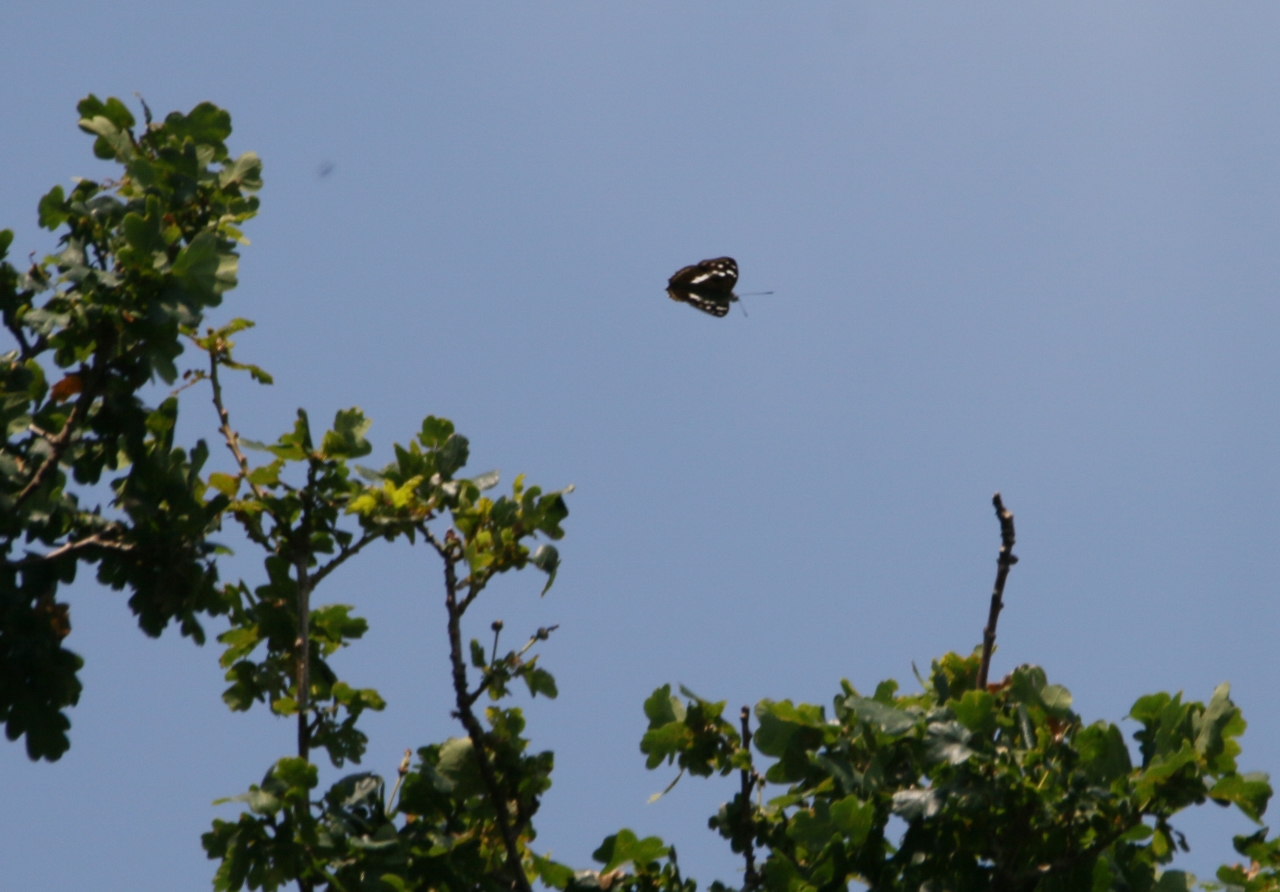
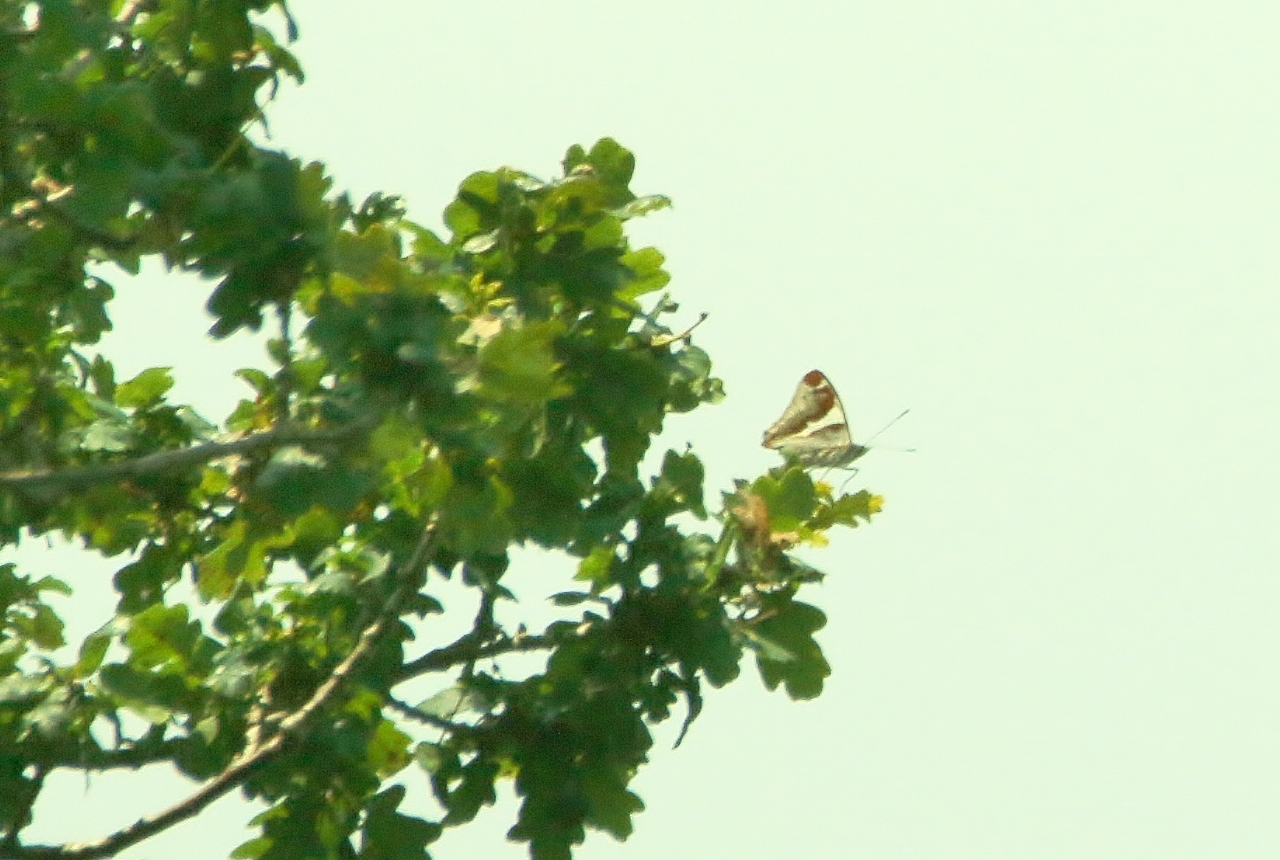

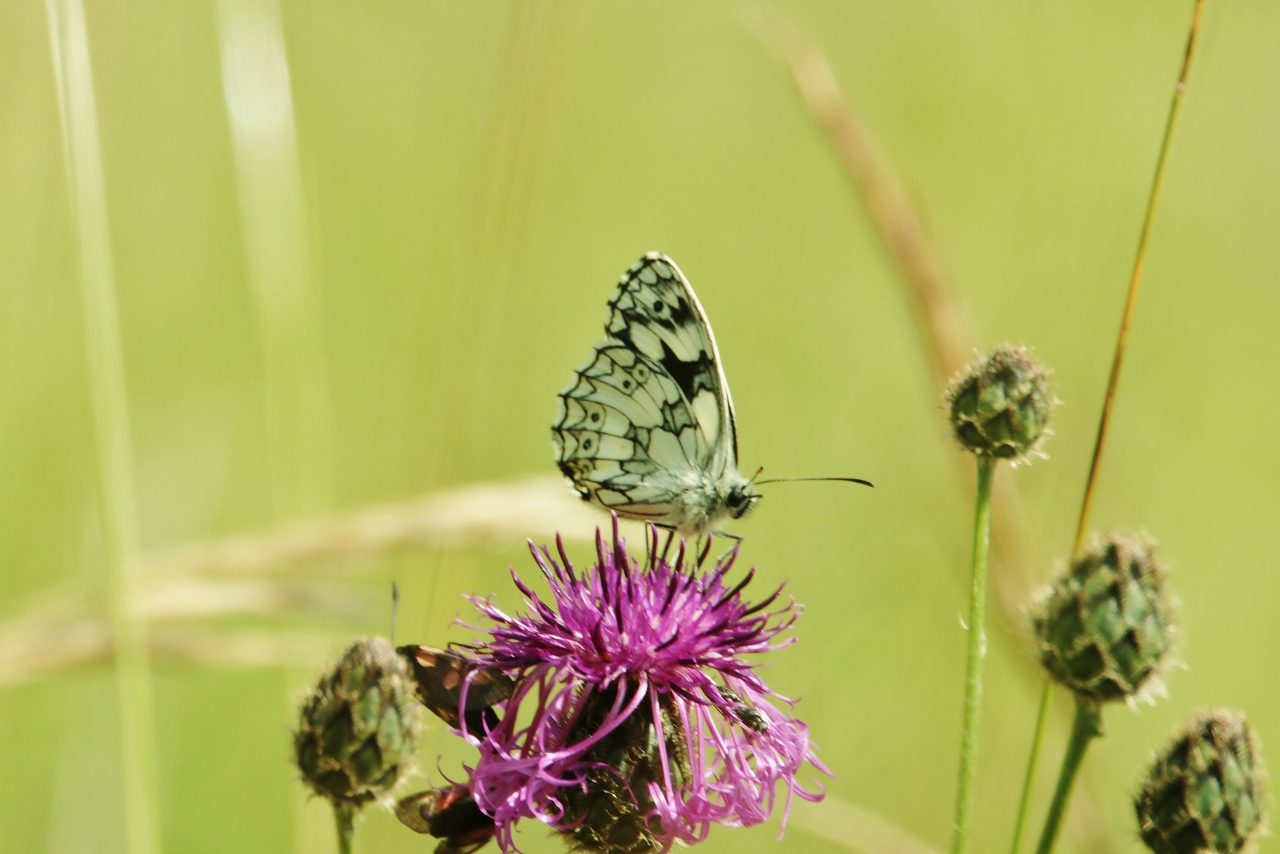
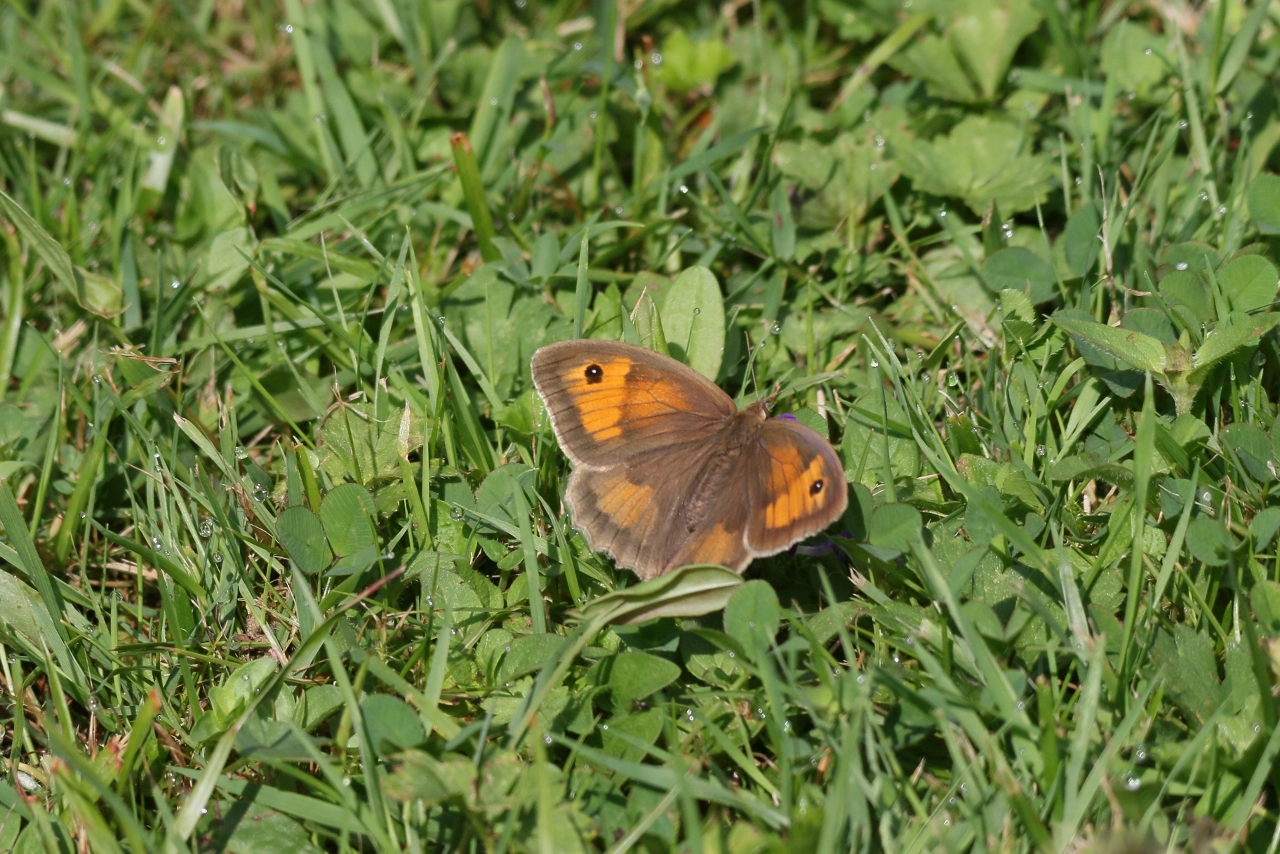
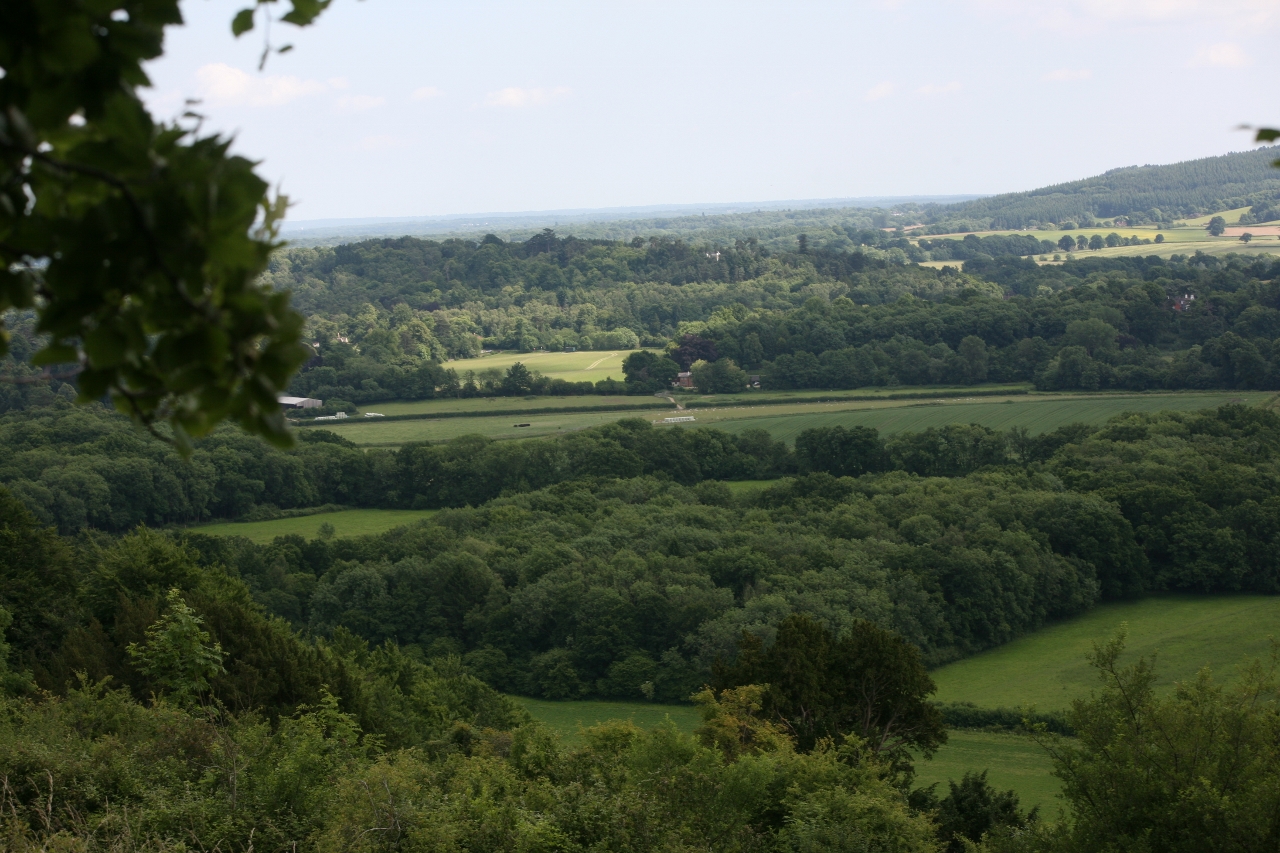
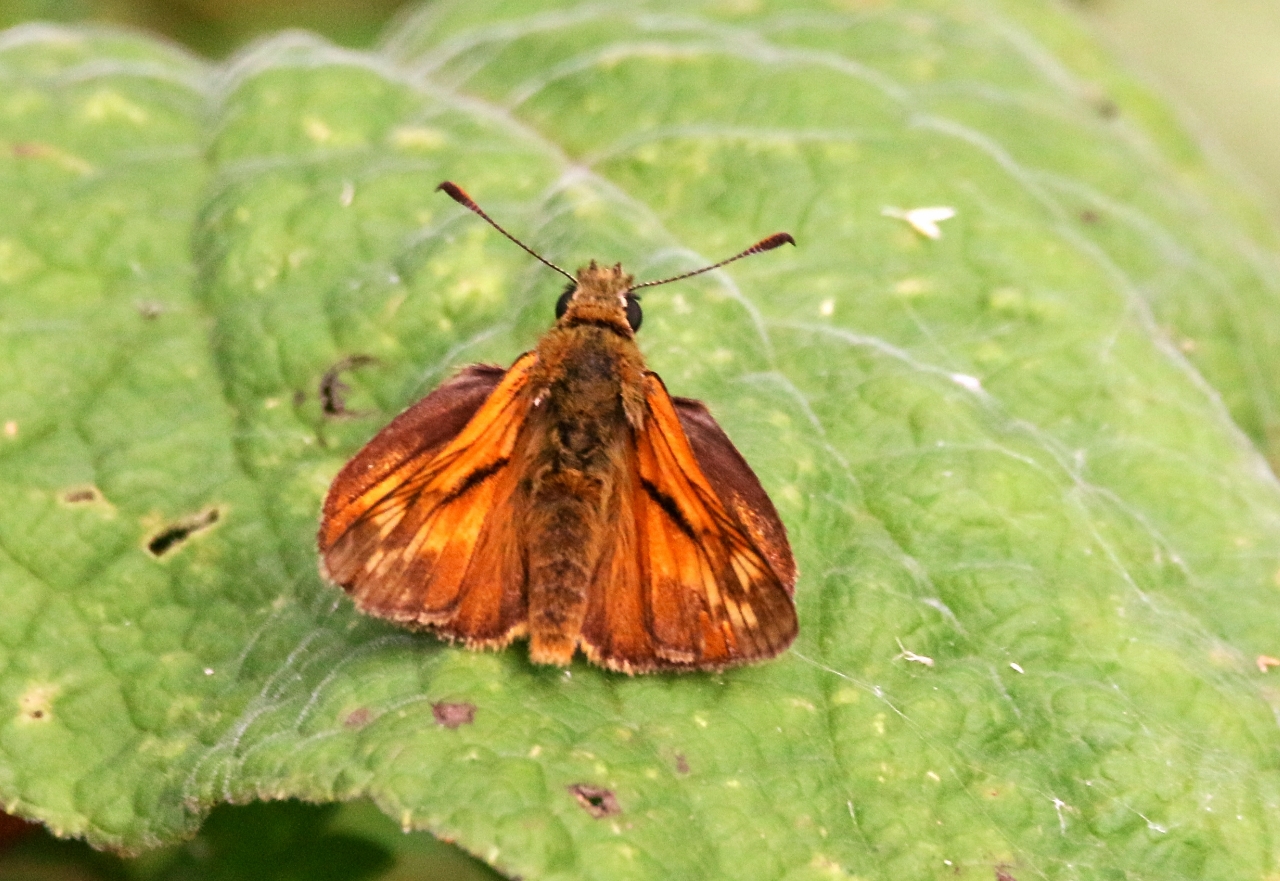


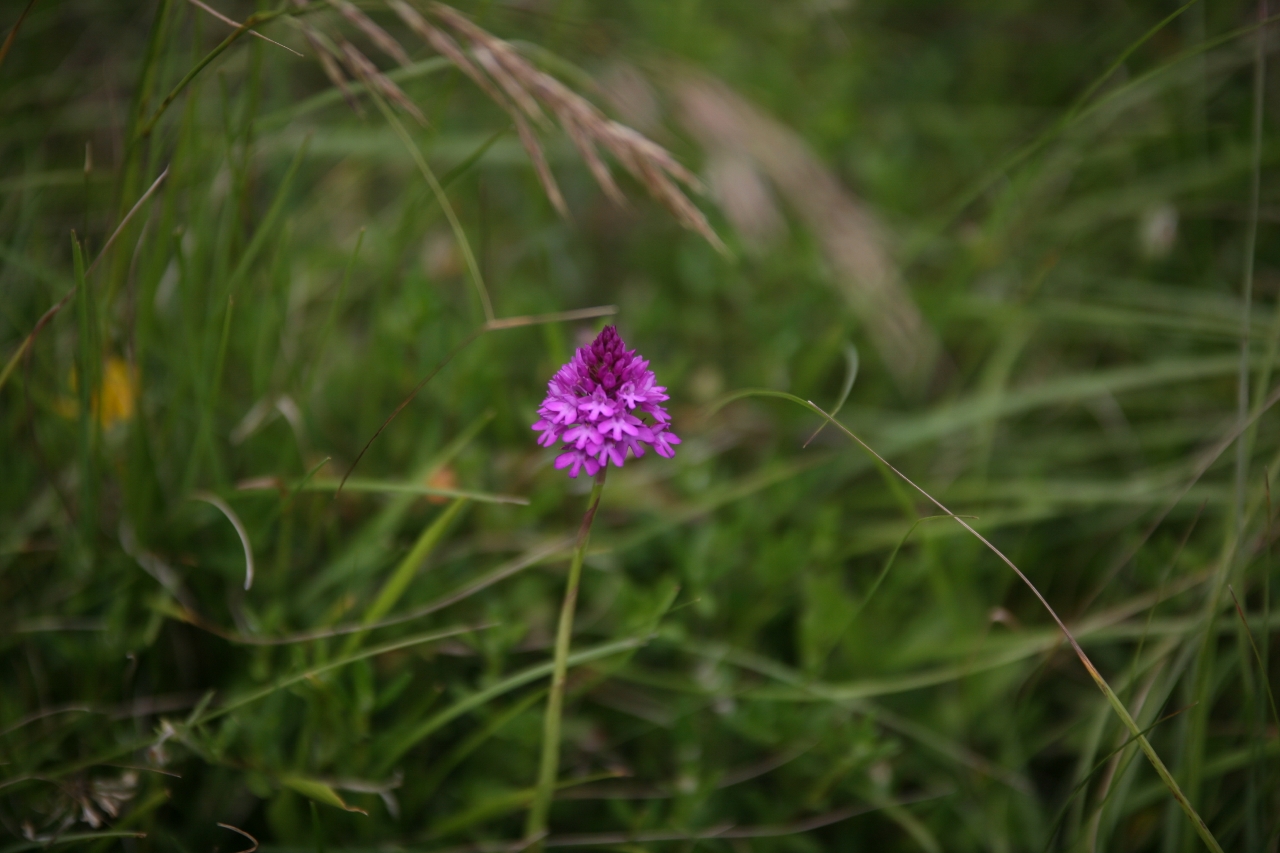


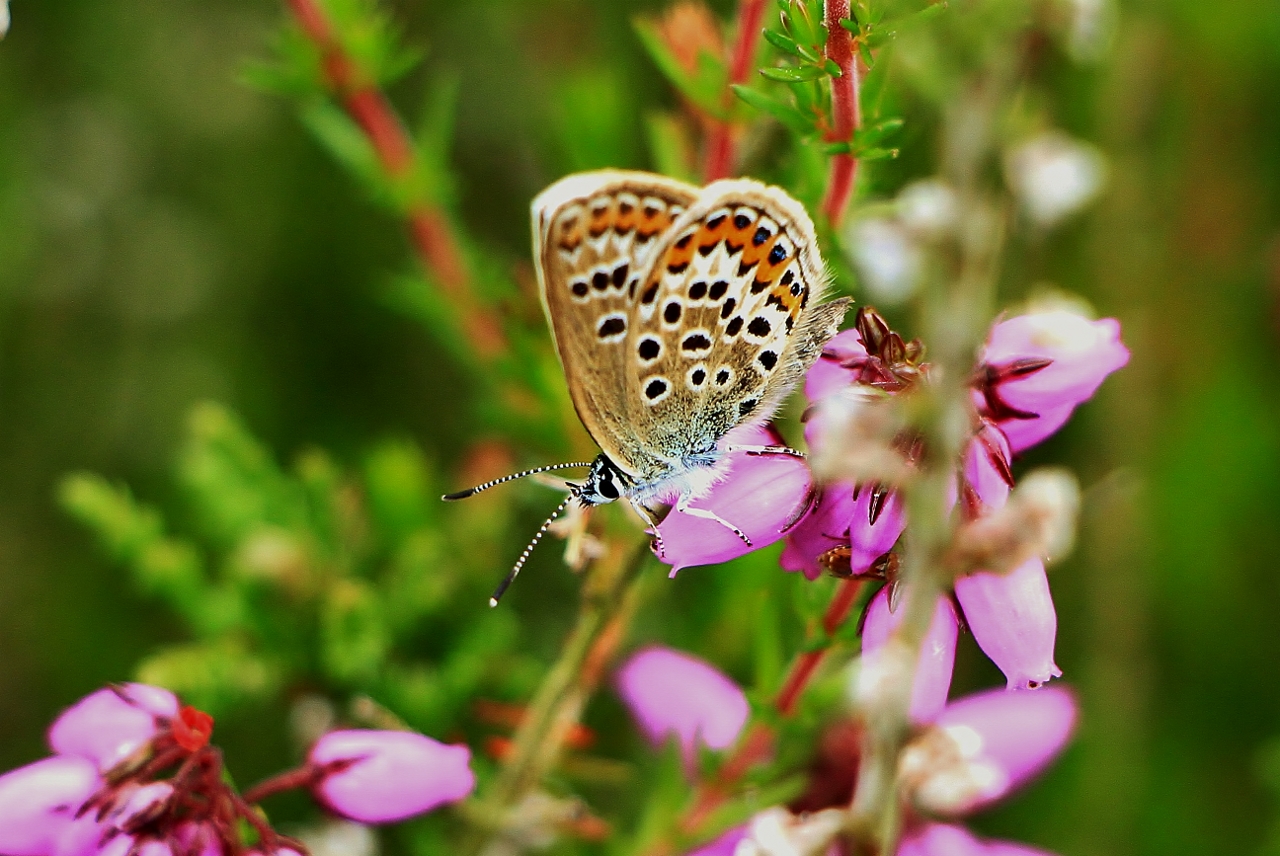

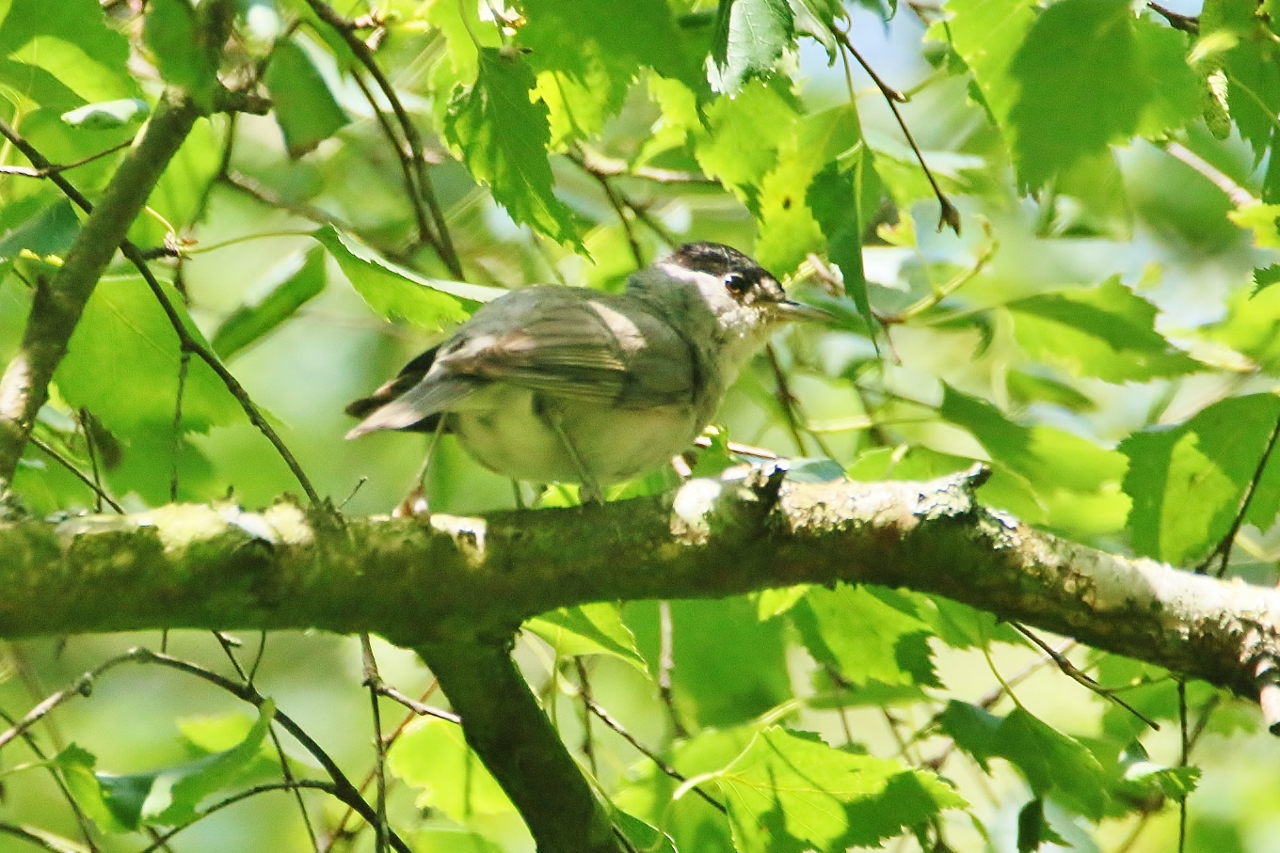





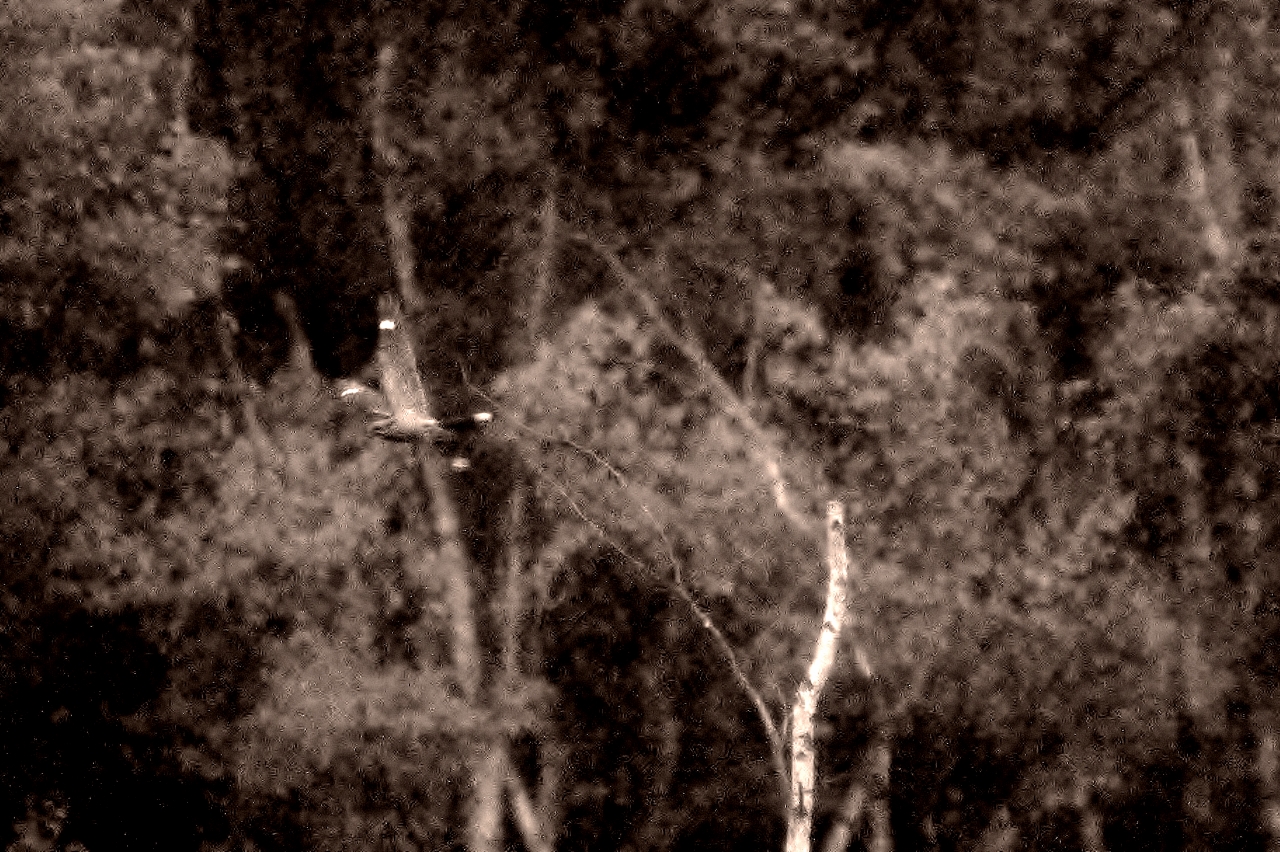

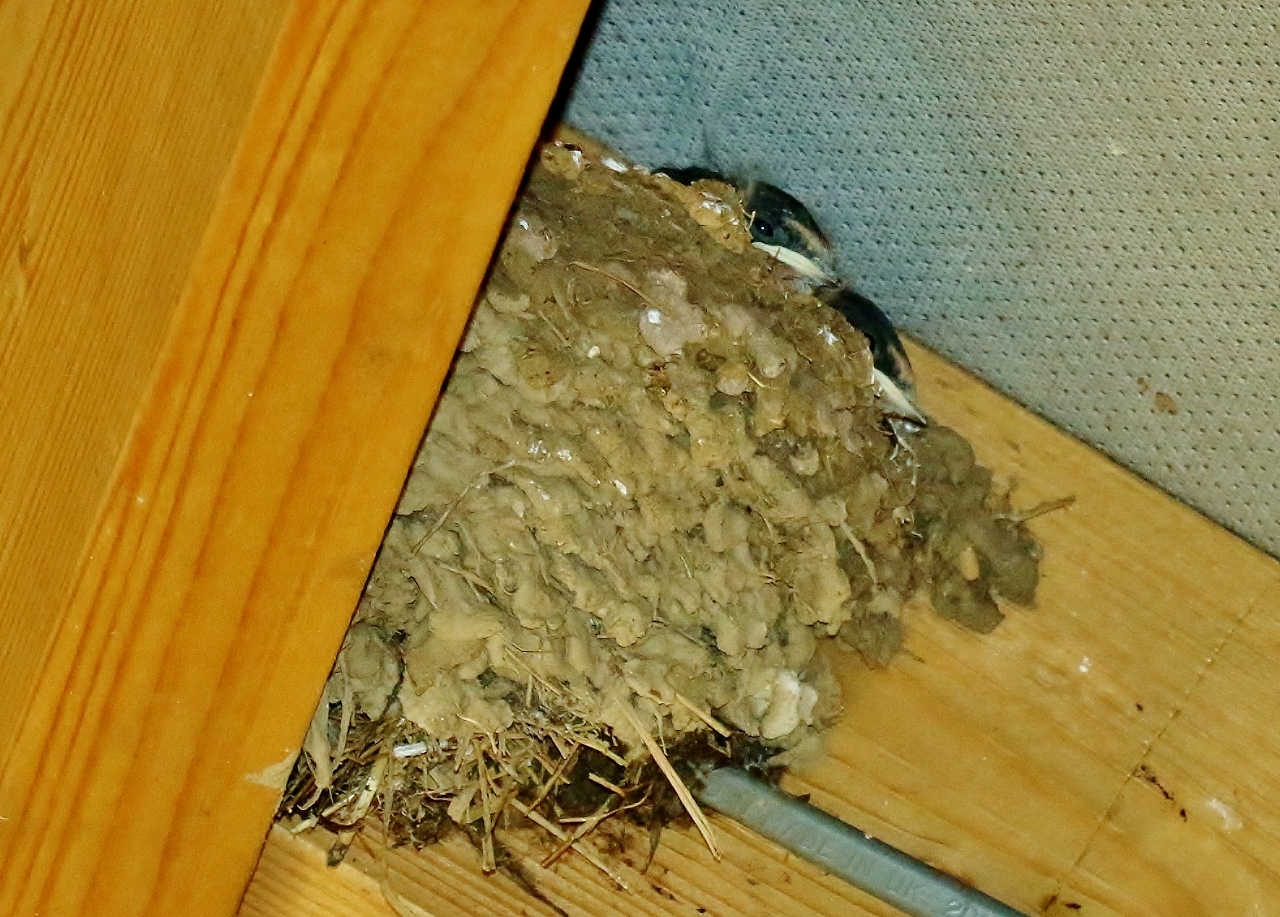

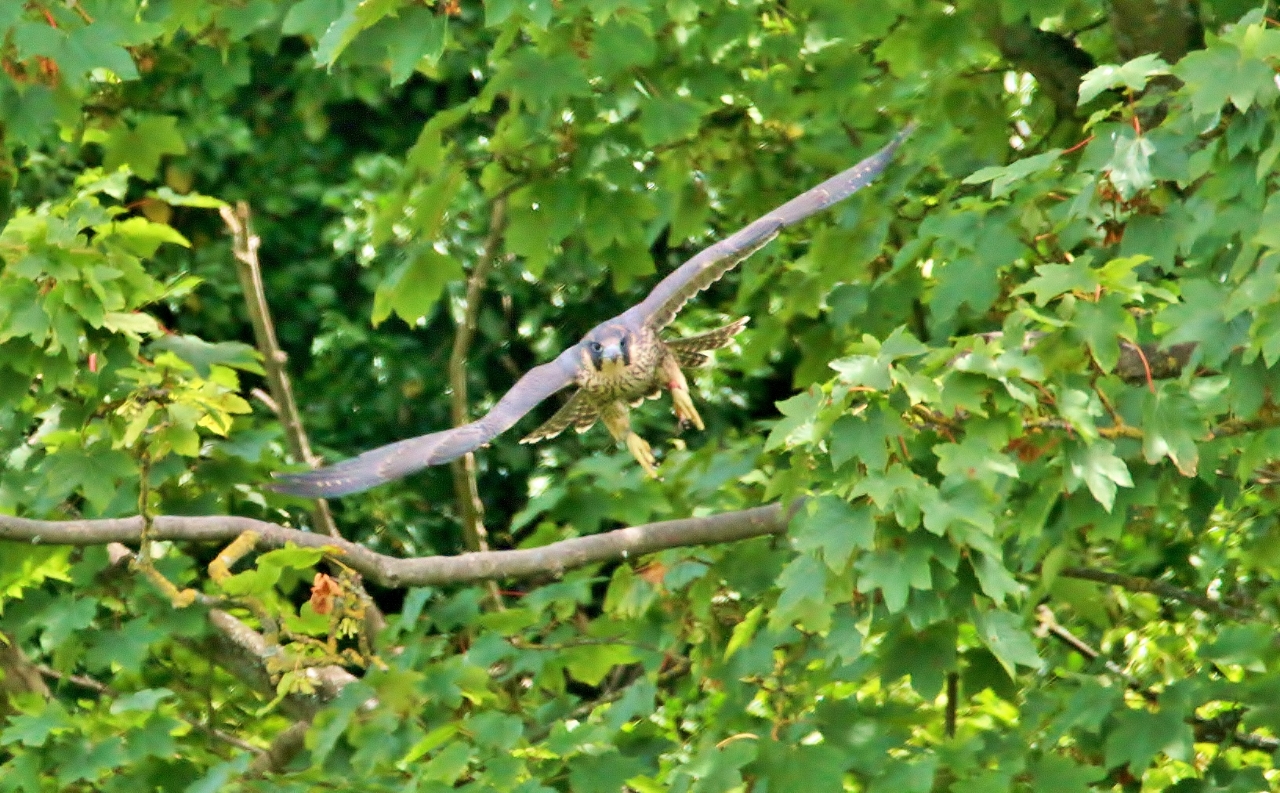
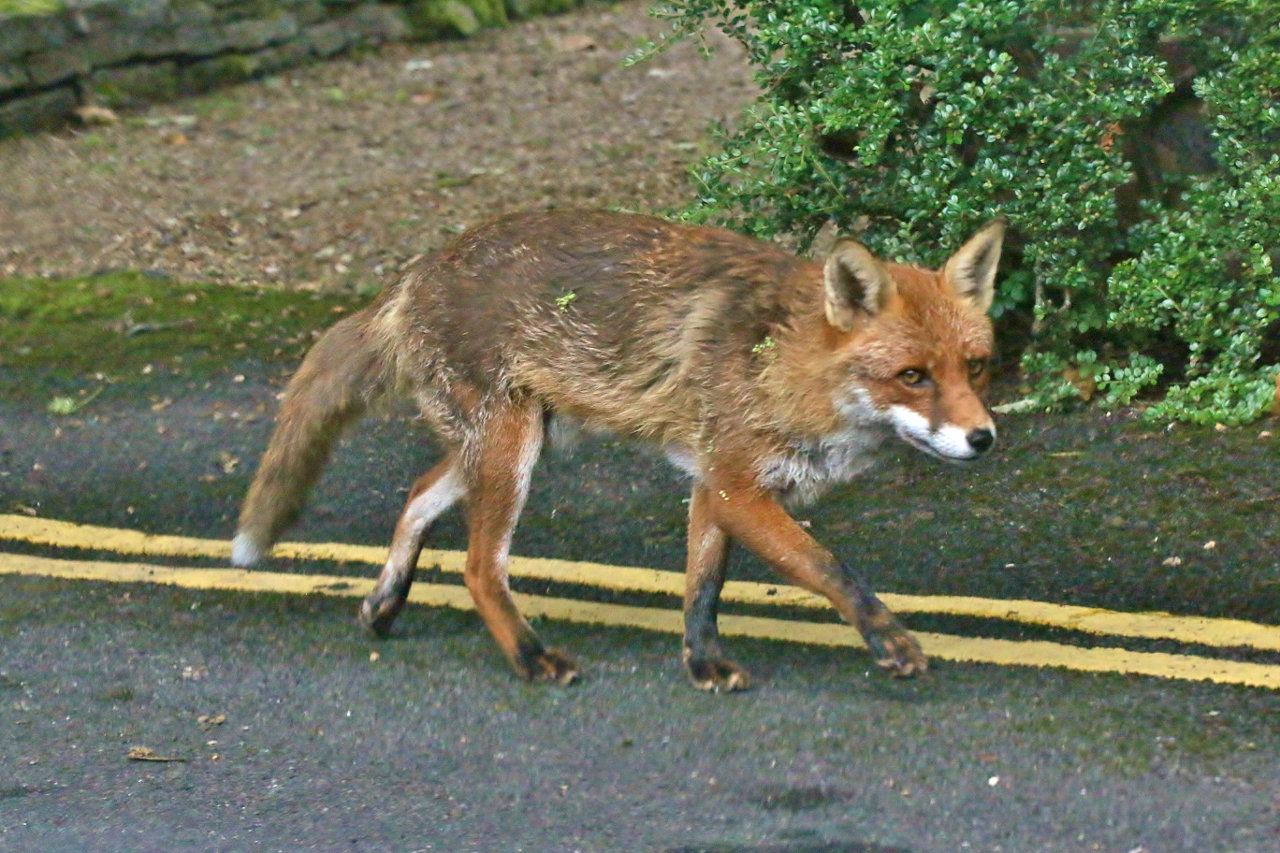
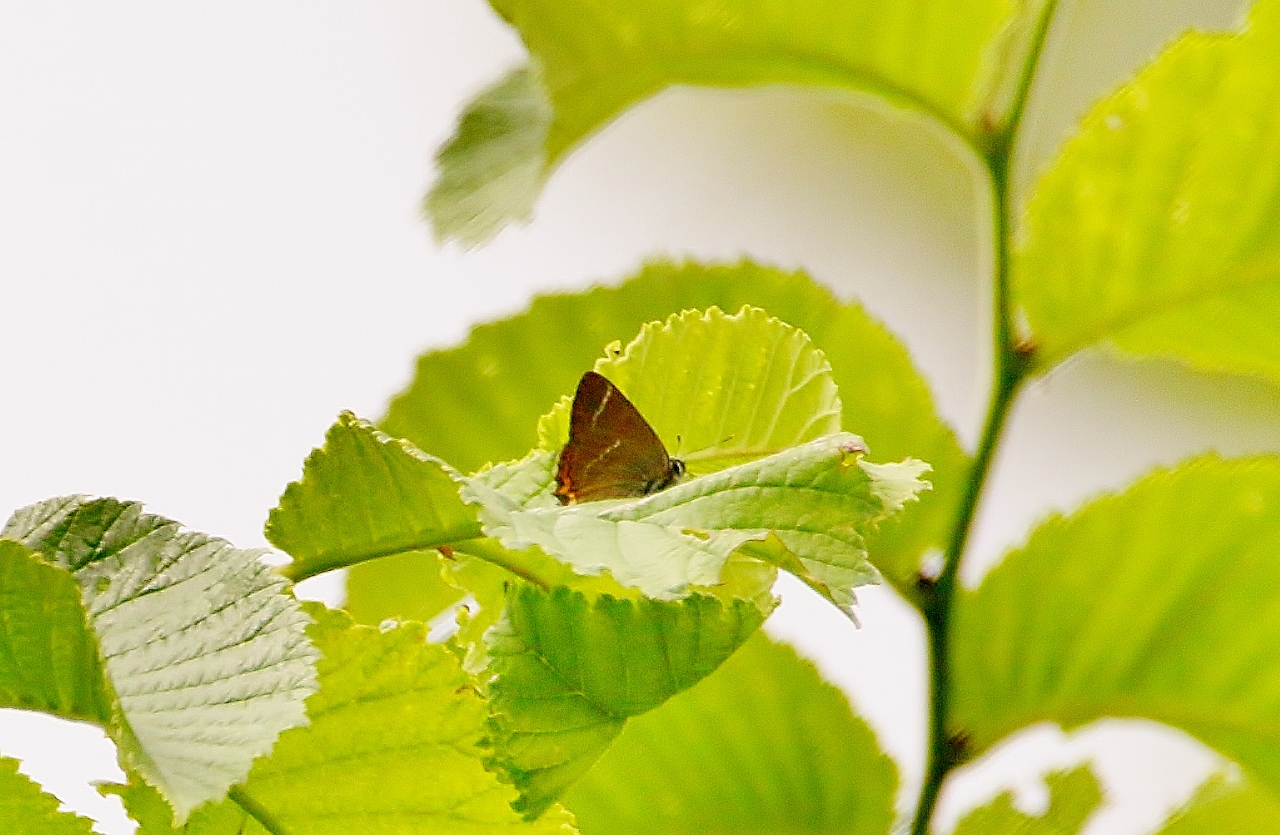

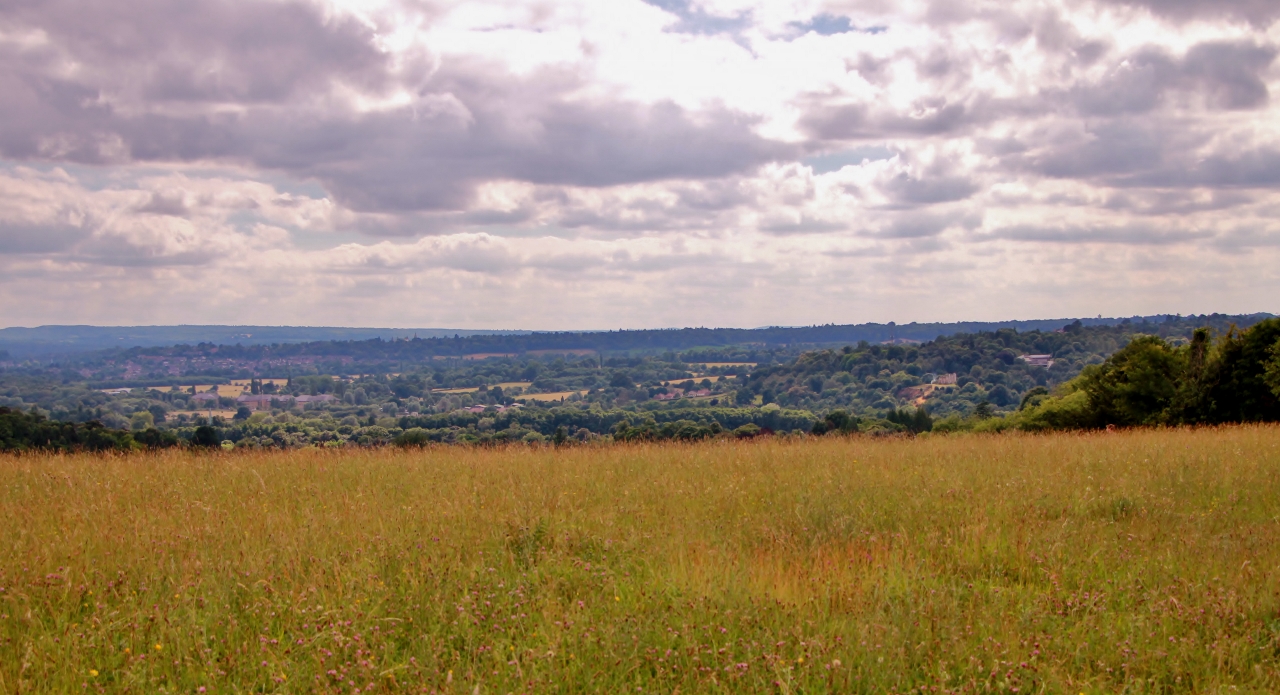
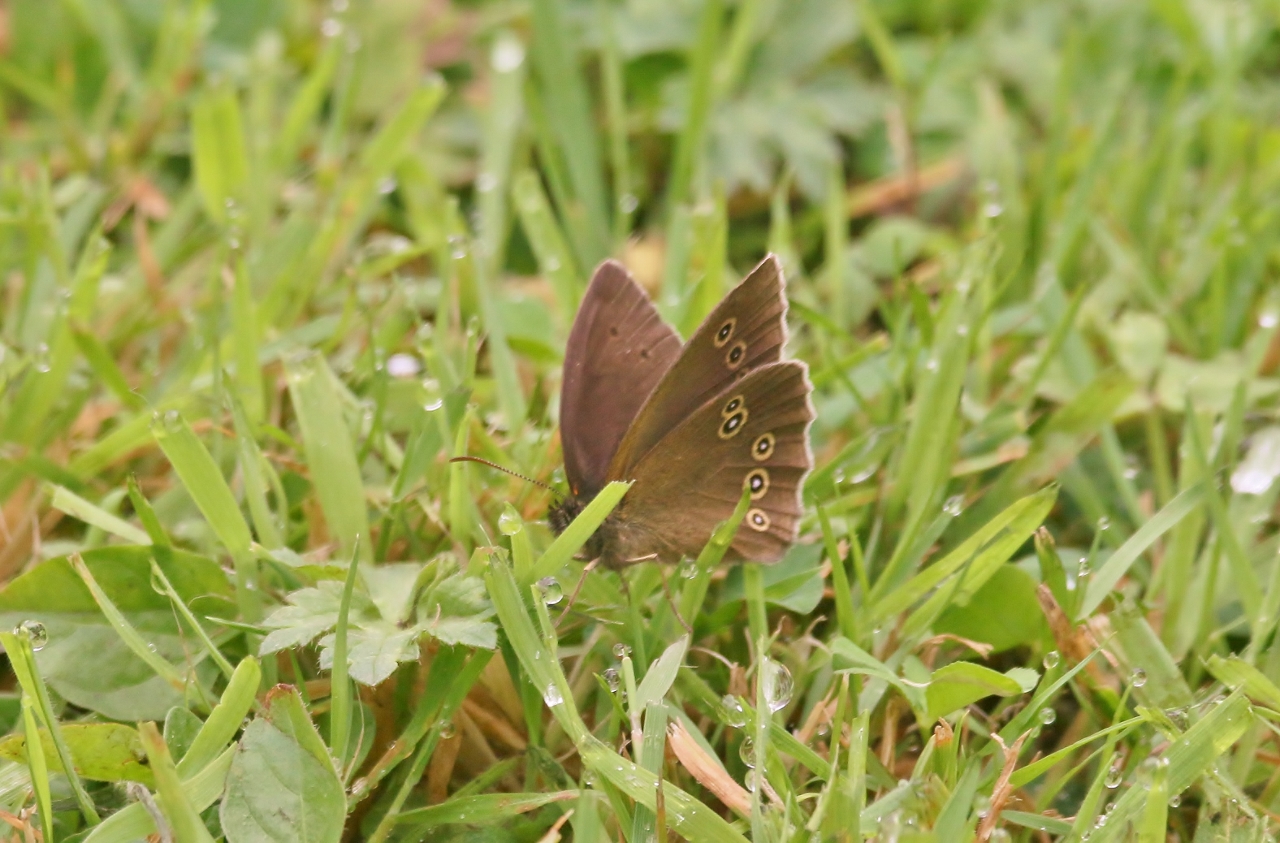


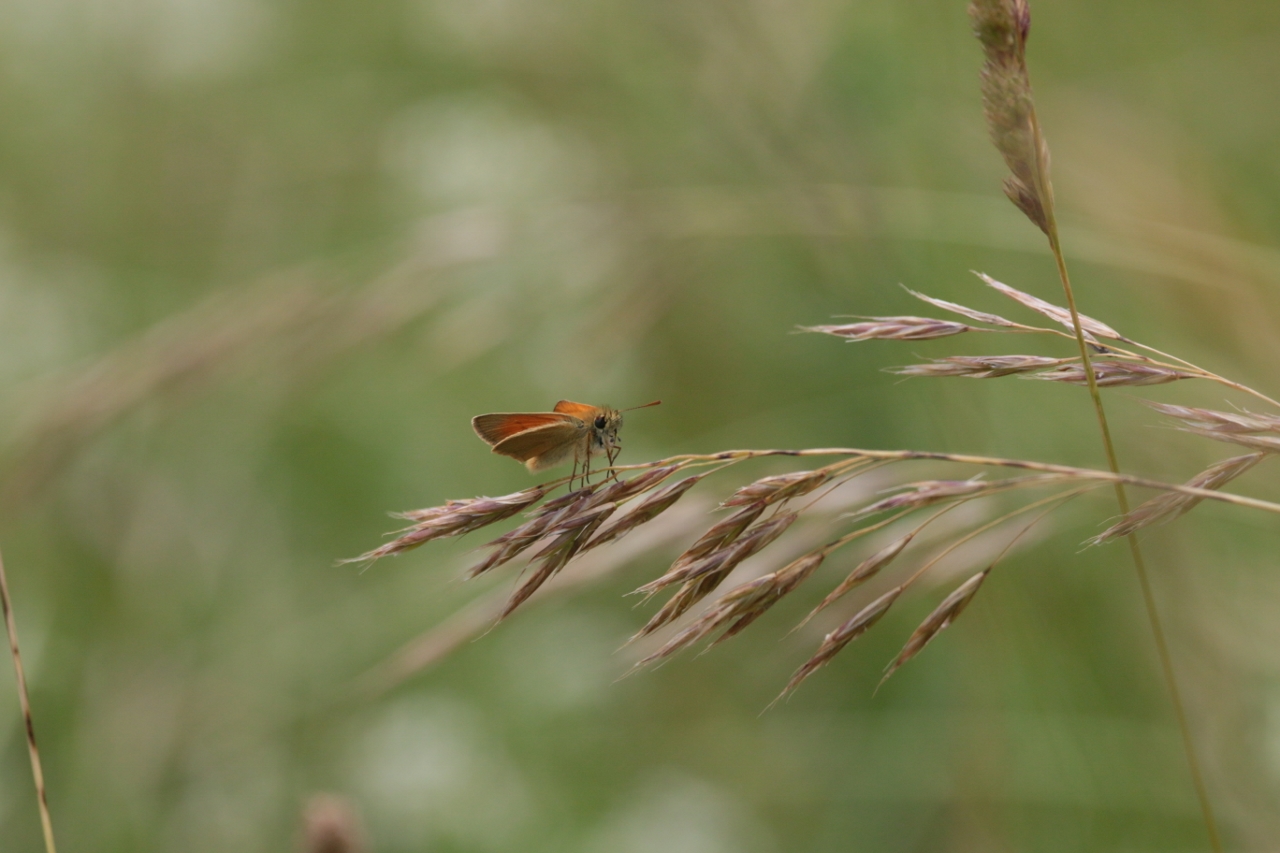

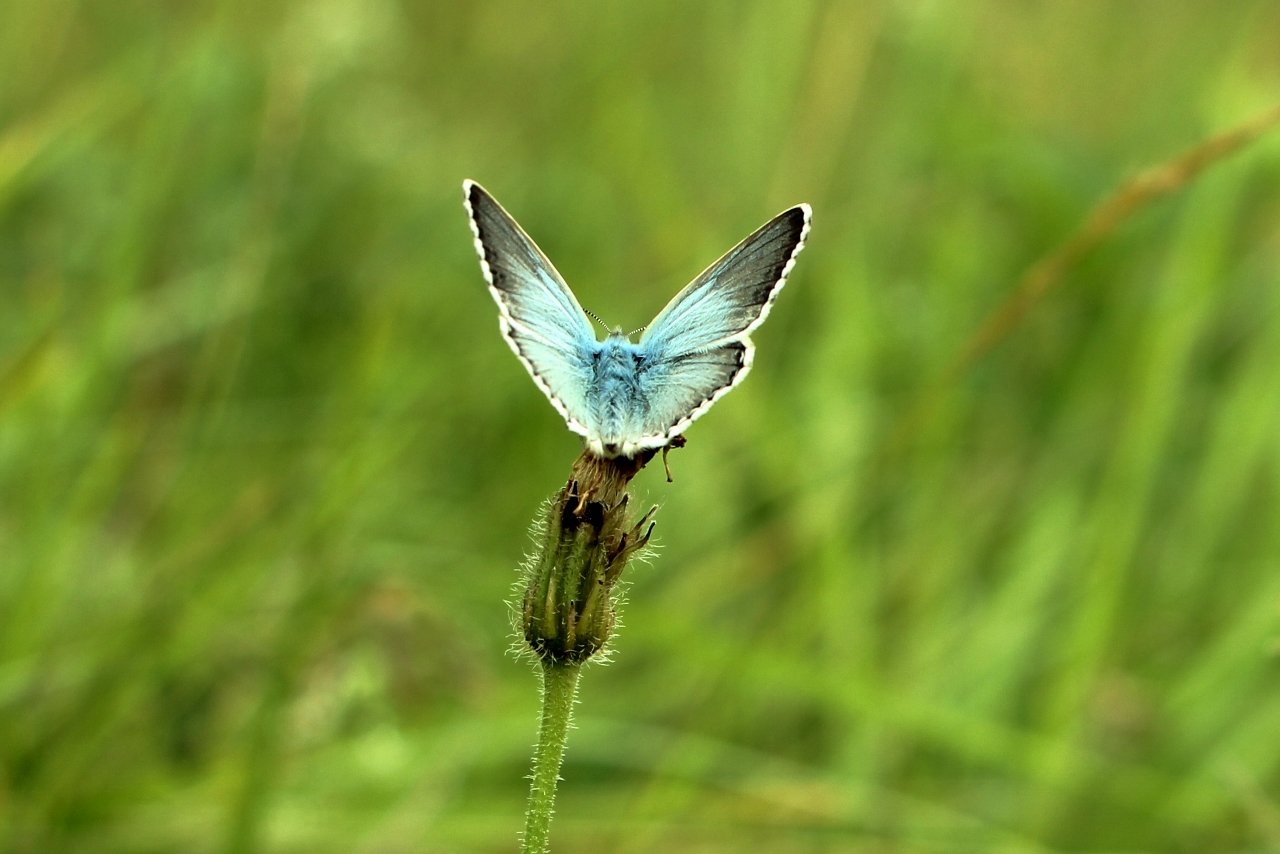

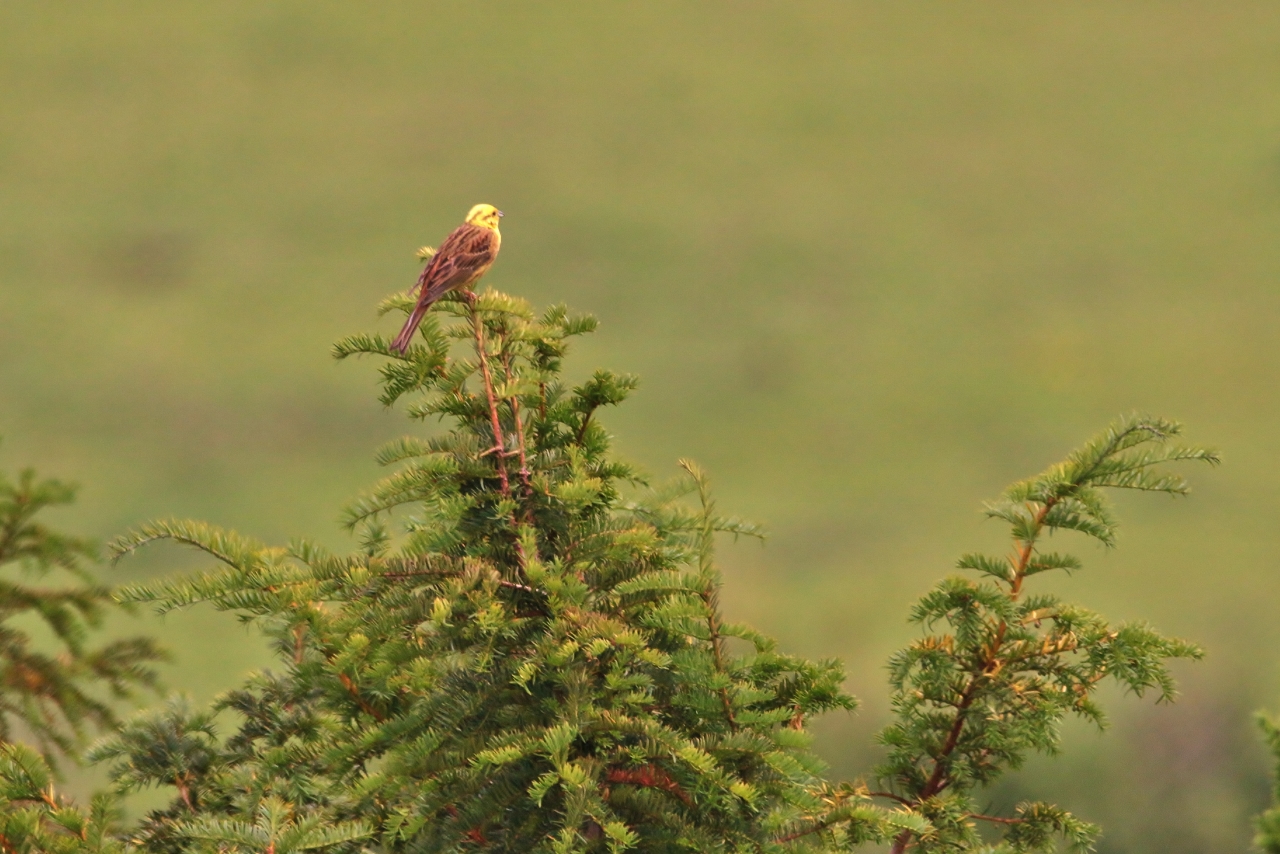

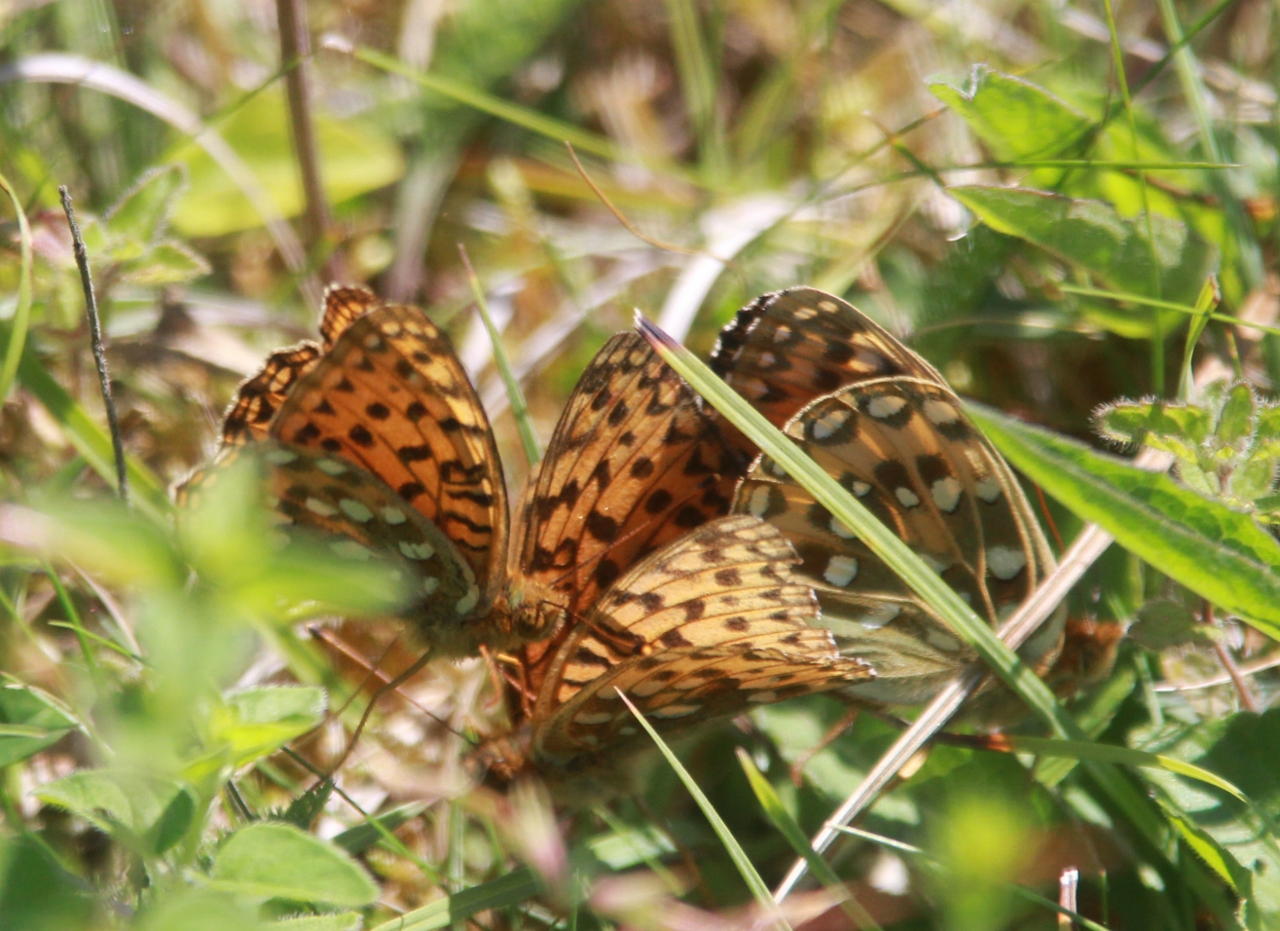
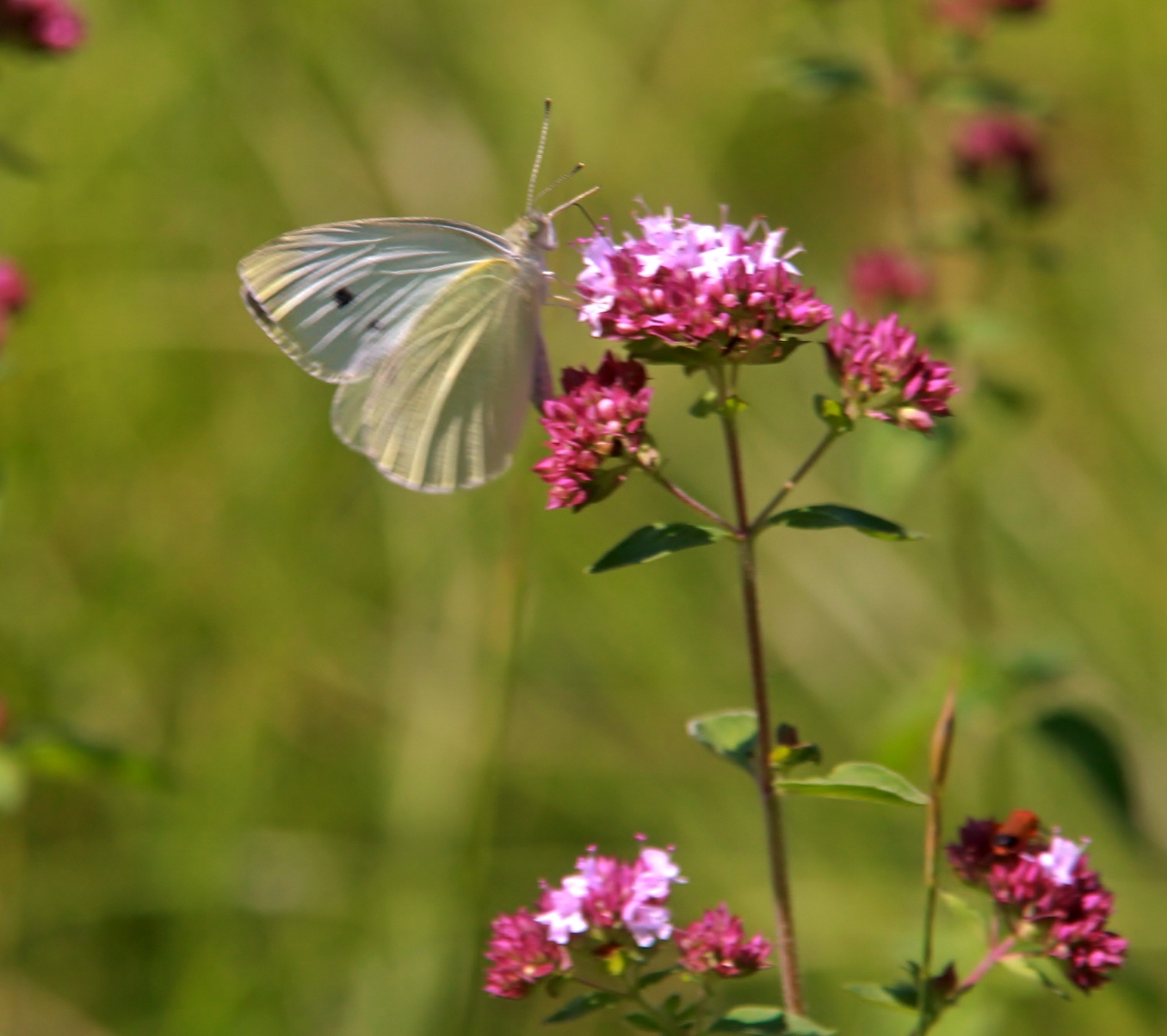
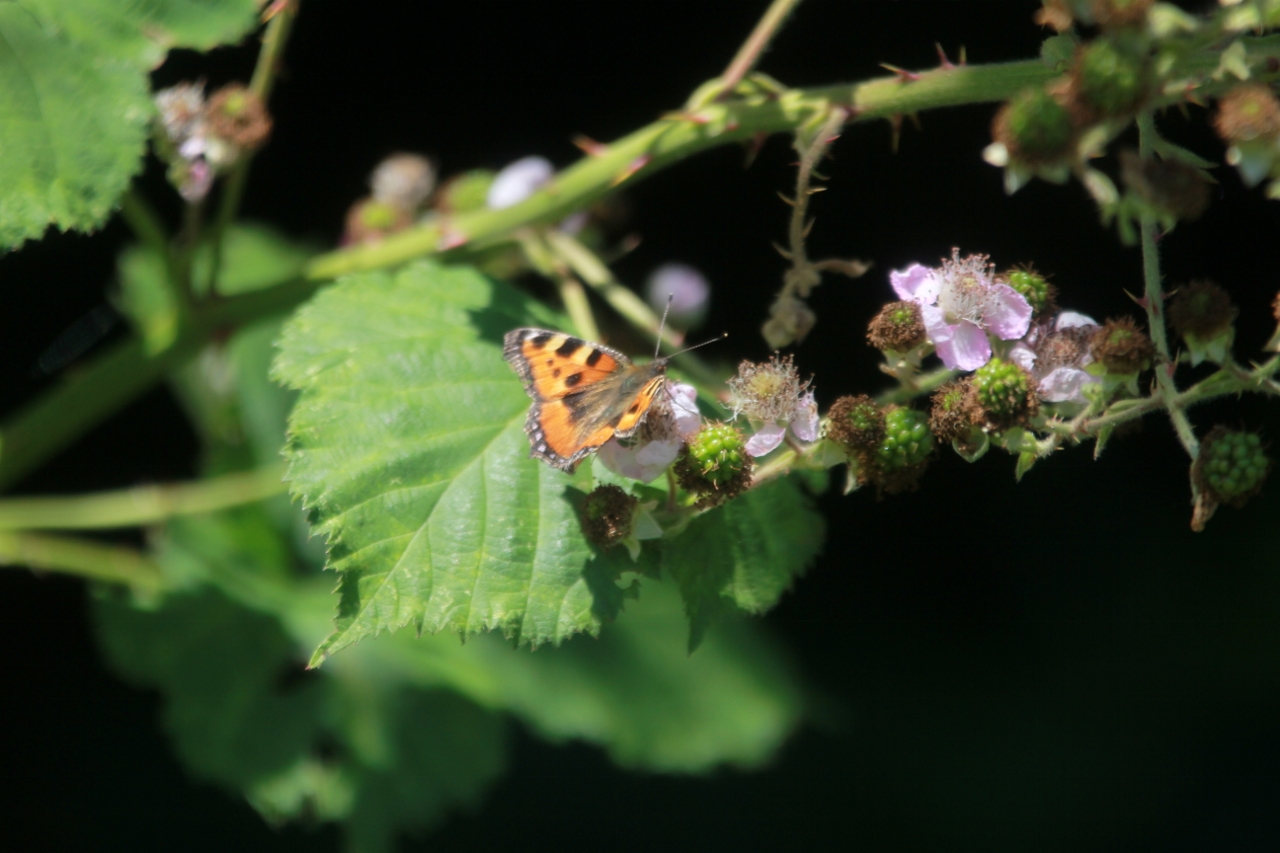
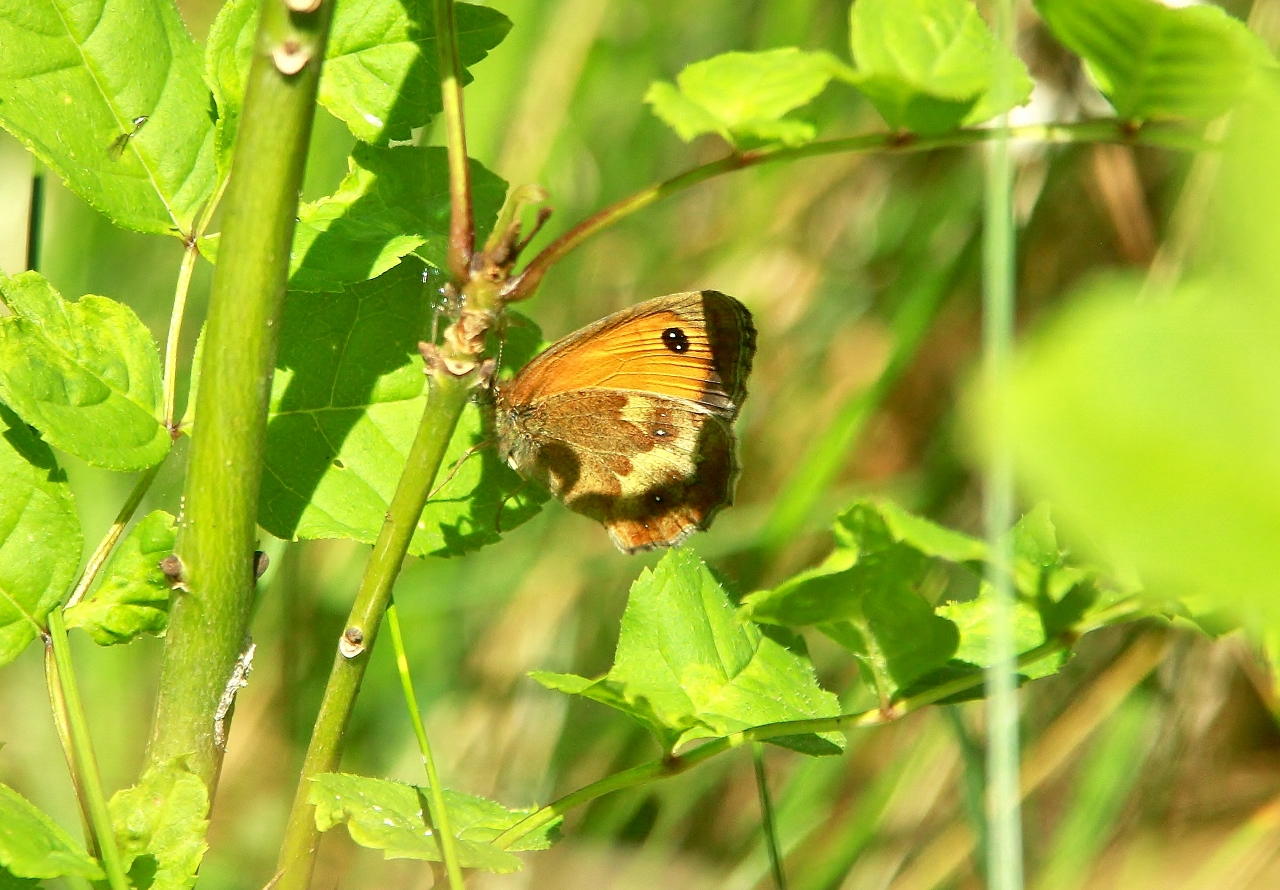







James Sellen
July 6, 2017 at 10:50 pm
Great shots of the nightjar – not an easy bird to photograph.
Harry Eve
July 8, 2017 at 8:21 am
I agree with James Sellen’s comment and would add the white-letter hairstreak which requires a lot of patience.
A couple of times they seem to have “fallen off” their leaf or flower just as I was focussing on them – almost as if they could not maintain their balance. Perhaps they had spent too long on the nectar.
Lisa Wright
June 20, 2018 at 2:01 pm
Malcolm, purple emperor at Broadstreet Common this morning, June 20th 2018. First one I’ve ever seen!
Video https://www.facebook.com/lisa.wright.39/videos/10212440206784669/
Steve Simnett
July 19, 2018 at 3:30 pm
Another superb diary entry Malcolm. Good stuff.